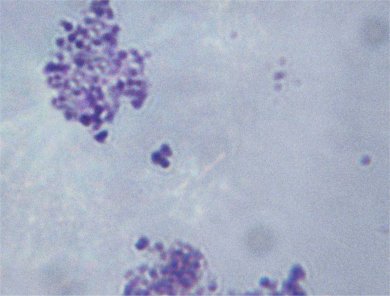Staphylococcus aureus is a Gram-positive bacterial pathogen that has emerged as a major public health threat. Most hospital isolates are resistant to many, if not all, available treatments.
David Spiegel and colleagues, Yale University, USA, demonstrate that the cell surface of wild-type S. aureus can be re-engineered biosynthetically to incorporate non-native small molecules covalently into cell wall peptidoglycan and exploit this biosynthetic labeling technology to perform a bioorthogonal chemical reaction on the S. aureus surface.
The findings were proved through a variety of experimental techniques (e.g., mass spectrometry) as well as an azide-alkyne cycloaddition on the azide incorporated in bacterial cell wall surface.
A diverse range of applications of this strategy can be envisioned: For example, highly selective labeling of bacteria, developing engineered organisms with new functions or for novel therapeutic approaches.
- A Biosynthetic Strategy for Re-engineering the Staphylococcus aureus Cell Wall with Non-native Small Molecules
J. W. Nelson, A. G. Chamessian, P. J. McEnaney, R. P. Murelli, B. I. Kazmiercak, D. A. Spiegel,
ACS Chem. Biol. 2010, 5.
DOI: 10.1021/cb100195d




